The price tables published this week by the Irish Farmers Journal show price differences of up to €100/head between factories for the same cattle – but the gaps are not the same for every conformation grade.
Beef processors offer very close prices for animals graded R and O across. The race is especially tight for R=3= steers, heifers and young bulls, where the difference between the best- and worst-paying factories is only around 15c/kg. The same applies to 0=3= cows.
However, the gap widens as animals move towards the best – or worst – grades. This is particularly evident in heifers, where the difference between the first and last factories in our tables jumps to 45c/kg for U=3= and 55c/kg for P+3=. These grades, however, have small numbers of animals and reported prices are less reliable as a result.
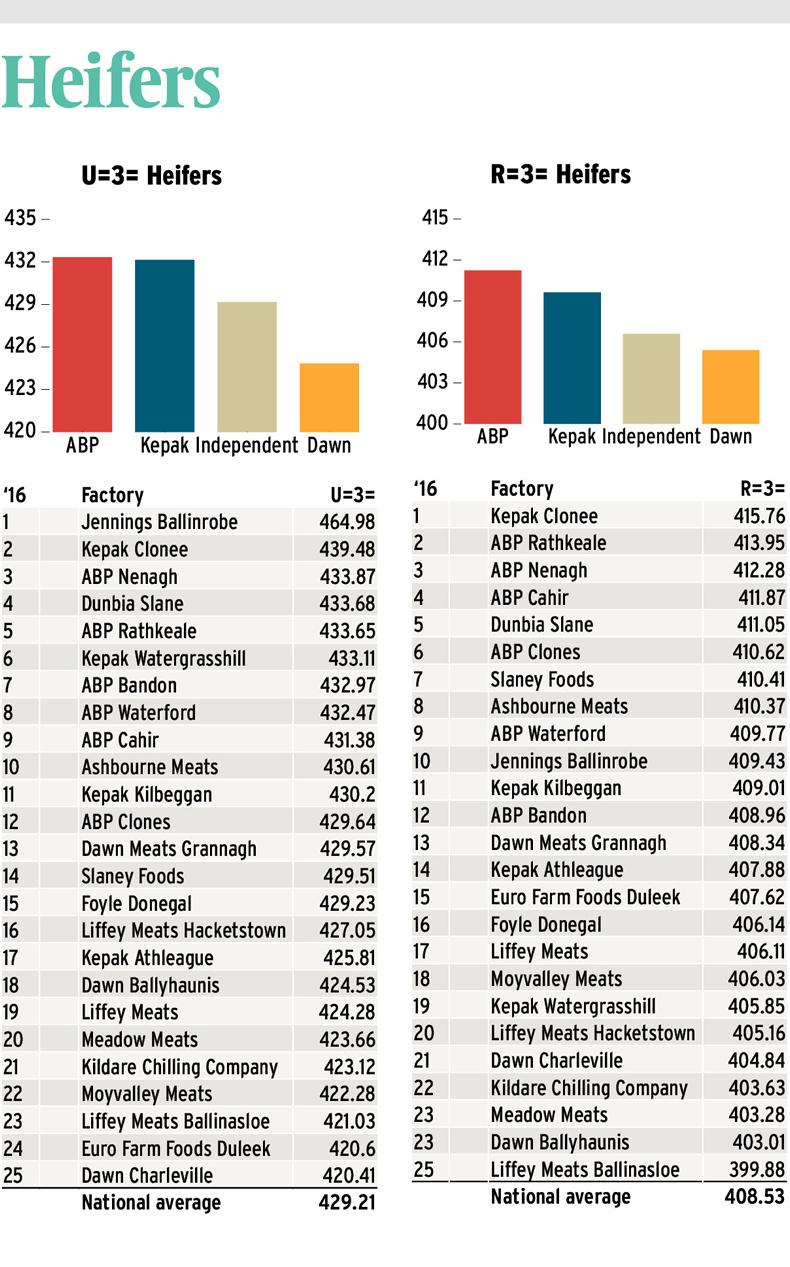
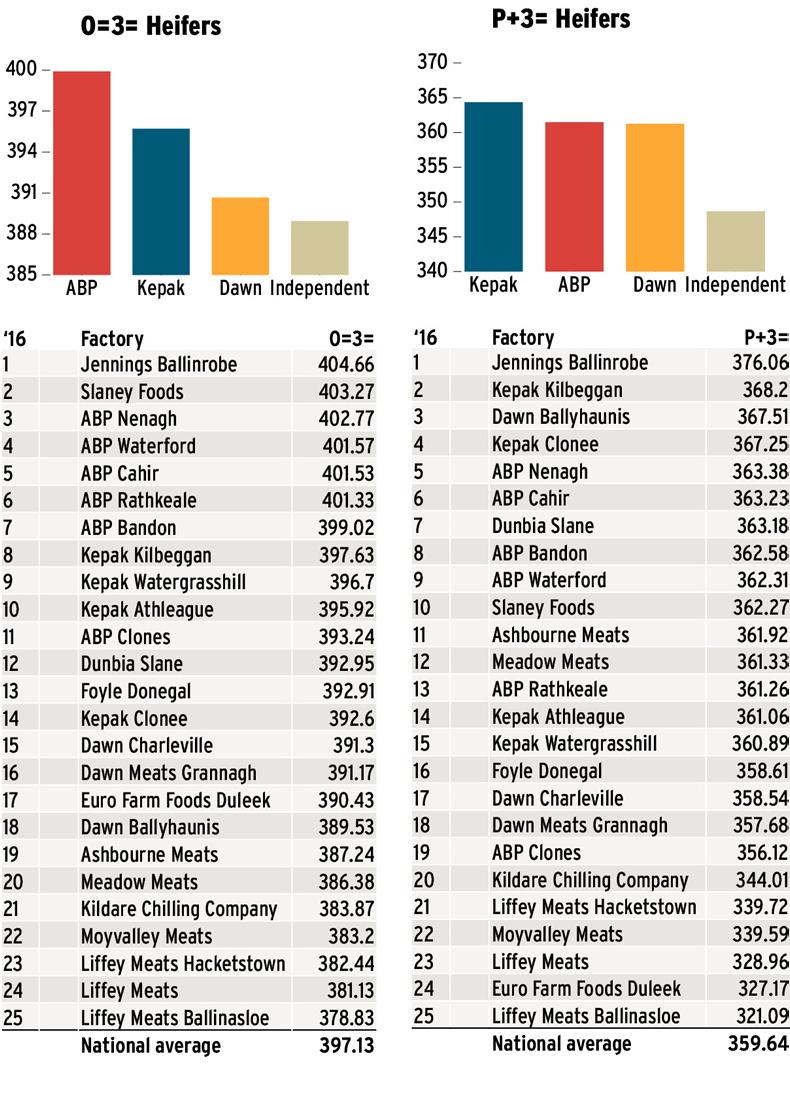
With high volumes and intense competition, steers show a smaller spread. Only P graders command significantly different prices, with 33c/kg in the difference between the best and worst paying factory.

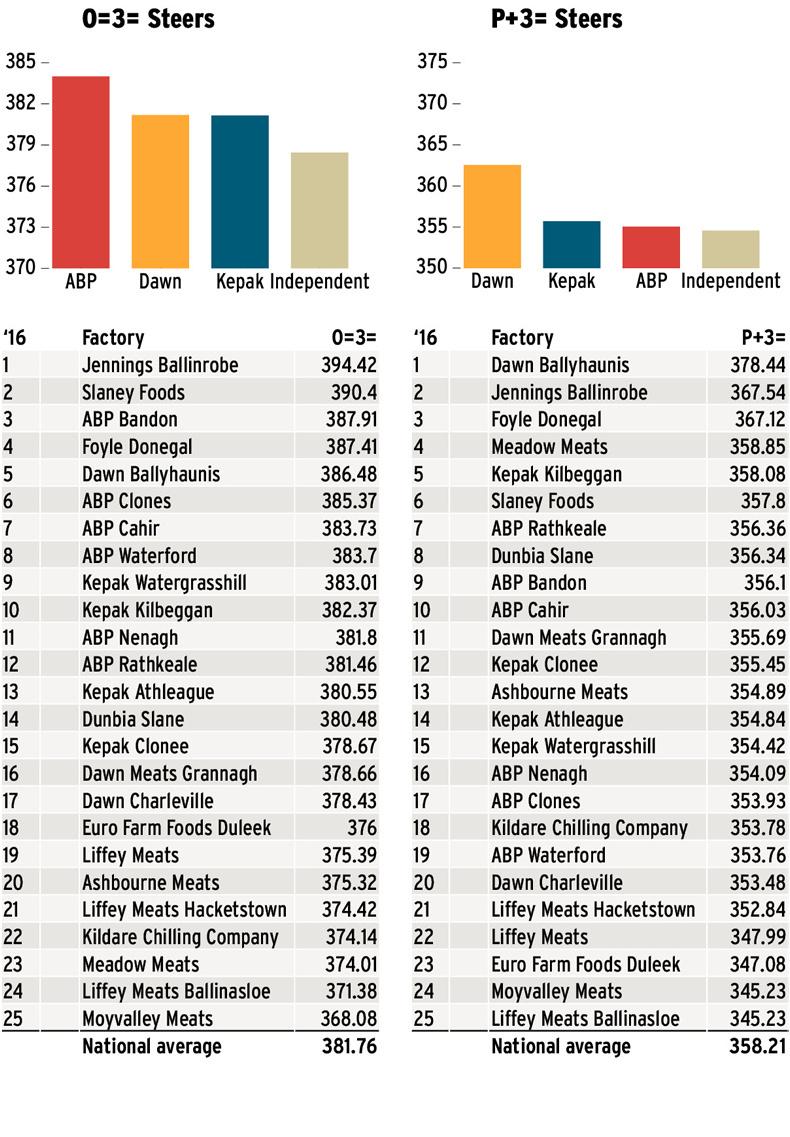
The differences may be explained by the markets each factory specialises in, and their resulting interest or lack thereof in specific criteria such as quality assurance.
The lesson for farmers is that the more their cattle deviates from the R and O grades at the core of the grid, the more likely they are to gain by asking around to enquire about the best price available and the conditions attached to it.
Read more
Editorial: spec now as important as grade
The price tables published this week by the Irish Farmers Journal show price differences of up to €100/head between factories for the same cattle – but the gaps are not the same for every conformation grade.
Beef processors offer very close prices for animals graded R and O across. The race is especially tight for R=3= steers, heifers and young bulls, where the difference between the best- and worst-paying factories is only around 15c/kg. The same applies to 0=3= cows.
However, the gap widens as animals move towards the best – or worst – grades. This is particularly evident in heifers, where the difference between the first and last factories in our tables jumps to 45c/kg for U=3= and 55c/kg for P+3=. These grades, however, have small numbers of animals and reported prices are less reliable as a result.


With high volumes and intense competition, steers show a smaller spread. Only P graders command significantly different prices, with 33c/kg in the difference between the best and worst paying factory.


The differences may be explained by the markets each factory specialises in, and their resulting interest or lack thereof in specific criteria such as quality assurance.
The lesson for farmers is that the more their cattle deviates from the R and O grades at the core of the grid, the more likely they are to gain by asking around to enquire about the best price available and the conditions attached to it.
Read more
Editorial: spec now as important as grade












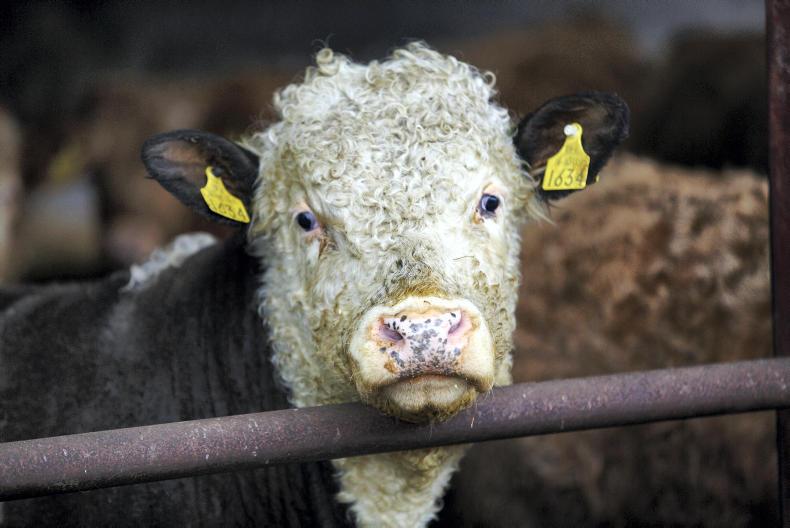


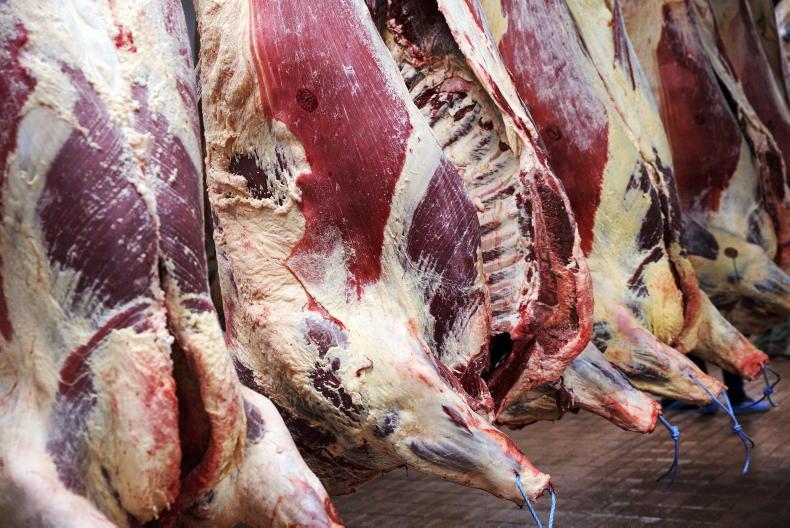

SHARING OPTIONS